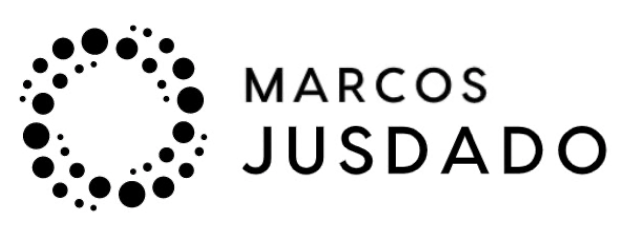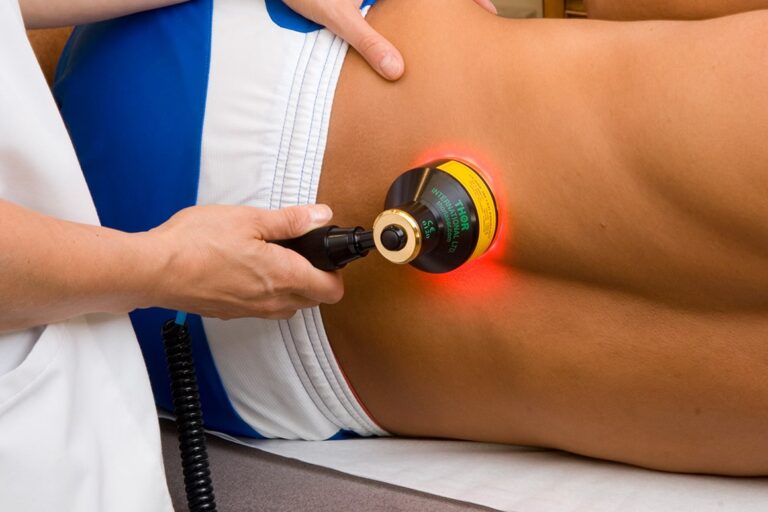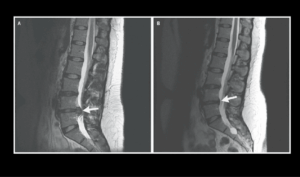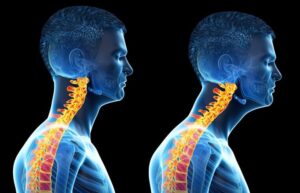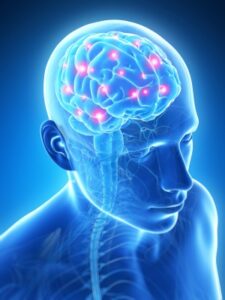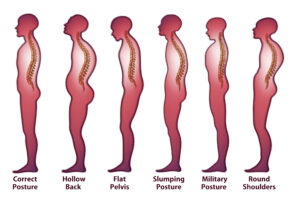A Light Towards Healing
Photobiomodulation laser therapy, also known as light therapy or low-level laser therapy, is an innovative approach in the fields of medicine and physiotherapy. This technique uses light to stimulate biological processes and promote healing in various health conditions. In this article, we will explore what photobiomodulation laser therapy is, how it works, and the benefits it can offer.
What is Photobiomodulation Laser Therapy?
Photobiomodulation laser therapy is a non-invasive treatment that uses low-intensity light to interact with the body’s cells. It is based on the idea that light can trigger biochemical responses within cells, which in turn can promote healing and relieve pain.
How Does It Work?
During photobiomodulation laser therapy, low-intensity light is applied to the area of the body being treated. This light penetrates the layers of the skin and is absorbed by the mitochondria in the cells. Mitochondria are the “powerhouses” of the cells and play a crucial role in cellular energy production.
When the mitochondria absorb the light, a series of biochemical reactions occur, triggering a cascade of events within the cells. This can include the release of nitric oxide, stimulation of ATP (adenosine triphosphate) production, and modulation of cellular activity.
Benefits of Photobiomodulation Laser Therapy:
- Pain Relief: Photobiomodulation laser therapy has been successfully used to relieve pain in a wide variety of conditions, such as sports injuries, arthritis, back pain, and chronic pain. The light helps reduce inflammation, stimulates the release of endorphins (the body’s natural painkillers), and promotes tissue regeneration.
- Promotion of Wound Healing: The laser can accelerate the wound healing process by stimulating the growth of healthy cells and improving blood circulation in the affected area. This can be beneficial for postoperative wounds, diabetic ulcers, and burns.
- Reduction of Inflammation: Photobiomodulation laser therapy helps reduce inflammation by modulating the immune response and decreasing the release of inflammatory substances. This can be useful in conditions such as arthritis, tendinitis, and bursitis.
- Improvement of Muscle Function: Low-level laser can help improve muscle function by stimulating ATP production, the fuel necessary for muscle contraction. This can benefit athletes and individuals looking to enhance physical performance.
- Acceleration of Sports Recovery: Athletes use photobiomodulation laser therapy to speed up the recovery of muscle injuries, sprains, and strains. The laser light can help reduce recovery time and promote tissue regeneration.
It is important to note that photobiomodulation laser therapy should be performed by qualified professionals using high-quality equipment. Each treatment session may vary in duration and frequency depending on the condition being treated and the individual needs of the patient.
Conclusion
Photobiomodulation laser therapy is a promising technique that uses light to stimulate healing and relieve pain. This non-invasive therapy offers a wide range of benefits for various health conditions and is used both in medical and physiotherapy settings. If you are considering photobiomodulation laser therapy, make sure to consult with a qualified healthcare professional to ensure it is safe and appropriate for your specific situation.
